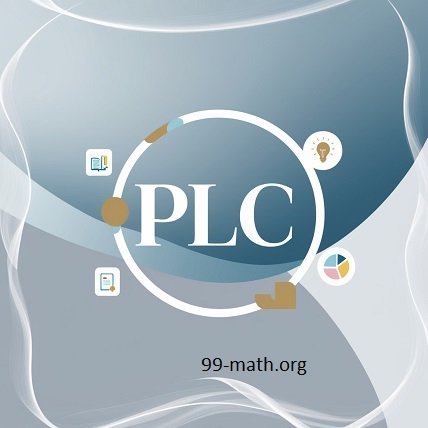Introduction
The area of what does plc stand for in education, always changing to suit the requirements of instructors, students, and society at large. Professional Learning Communities (PLCs) are one of the many concepts that have garnered a lot of attention in recent years. However, what does PLC actually stand for in the context of education, and why has it grown to be such an important part of contemporary teaching methods? In this extensive blog article, we will examine the definition of PLC, its significance, the advantages it provides,
Defining PLC: What Does It Stand For?
Professional Learning Community is what does plc stand for in education. It’s a cooperative method where teachers get together frequently to exchange knowledge, work on enhancing their methods, and concentrate on the needs of their students. The goal is to establish a nurturing atmosphere in which educators may participate in ongoing learning and introspection, which will eventually result in better learning opportunities for pupils.
The Origins of PLC: A Brief History
The notion of Professional Learning Communities has its origins in the what does plc stand for in what does plc stand for in education reform movement that got underway in the latter part of the 20th century. The concept was first put up by practitioners and researchers in education who saw the need for a more team-based approach to instruction.
Core Components of a PLC
The foundation of any successful professional learning community is a number of essential elements that come together to form a well-organized and productive setting for professional development. These elements, which unify the activities of all participants toward shared objectives centered on student success, include a common mission, vision, and values. The core of the what does plc stand for in education consists of collaborative teams, where teachers share ideas and solve problems by collaborating across grade levels or topic areas. The activities of a PLC are always focused on the learning of the students, with a particular emphasis on using data to inform decisions and track progress.
The Importance of PLCs in Education
Because of all the advantages they provide, professional learning communities have become a mainstay of contemporary educational methods. what does plc stand for in education‘ capacity to improve teacher collaboration and dismantle the isolation that frequently accompanies the teaching profession is one of its biggest benefits. Together, educators may create and share cutting-edge tactics, exchange best practices, and offer encouragement to one another—all of which will enhance instruction and increase student results. In addition, PLCs facilitate continual professional development by giving instructors the opportunity to learn new things while still doing their regular jobs.
How PLCs Are Implemented in Schools
Careful planning and dedication from all parties involved are necessary for the implementation of a Professional Learning Community in a school setting. Creating a common vision and mission that complements the educational objectives of the school is usually the first step in the process. To make sure that everyone in the what does plc stand for in education is working toward the same goals, a shared understanding is essential. Following the establishment of the vision, teachers are grouped according to their subject areas or grade levels into cooperative teams.
The Role of Leadership in PLCs
For Professional Learning Communities to be successful, effective leadership is essential. Principals and other school administrators are essential in establishing the PLC’s mission and goals. They are in charge of making sure that everyone involved is committed to the process and recognizes the significance of the what does plc stand for in education‘s objectives. Providing the required resources, such as time for frequent meetings, access to pertinent information, and chances for professional growth, is another aspect of leadership.
Challenges in Implementing PLCs
Even while professional learning communities have numerous advantages, putting them into practice can be difficult in a number of ways. Time limits are one of the biggest challenges because teachers already have busy schedules and it can be challenging to find time for frequent PLC meetings. Another frequent issue is resistance to change, especially for instructors who are used to working alone. It will take strong leadership and a convincing illustration of the advantages of cooperation to overcome this reluctance. A what does plc stand for in education‘s efficacy may also be hampered by a lack of resources, such as inadequate meeting time or restricted access to data.
Conclusion
Professional Learning Communities what does plc stand for in education are an effective way to promote student outcomes, ongoing learning, and cooperation in the classroom. PLCs have the power to change schools and improve learning for both teachers and students by bringing educators together to exchange knowledge and work toward shared objectives.
FAQ
Read about more: howeversynonym.com
What is the main goal of a PLC?
Enhancing student learning outcomes through instructor cooperation and ongoing learning is the primary objective of a professional learning community (PLC).
How often do PLCs meet?
Although PLC meetings might happen more frequently, they usually take place once a week or twice a week.
What are some common challenges in implementing PLCs?
Time restraints, opposition to change, a lack of resources, uneven involvement, and maintaining momentum are typical obstacles.

